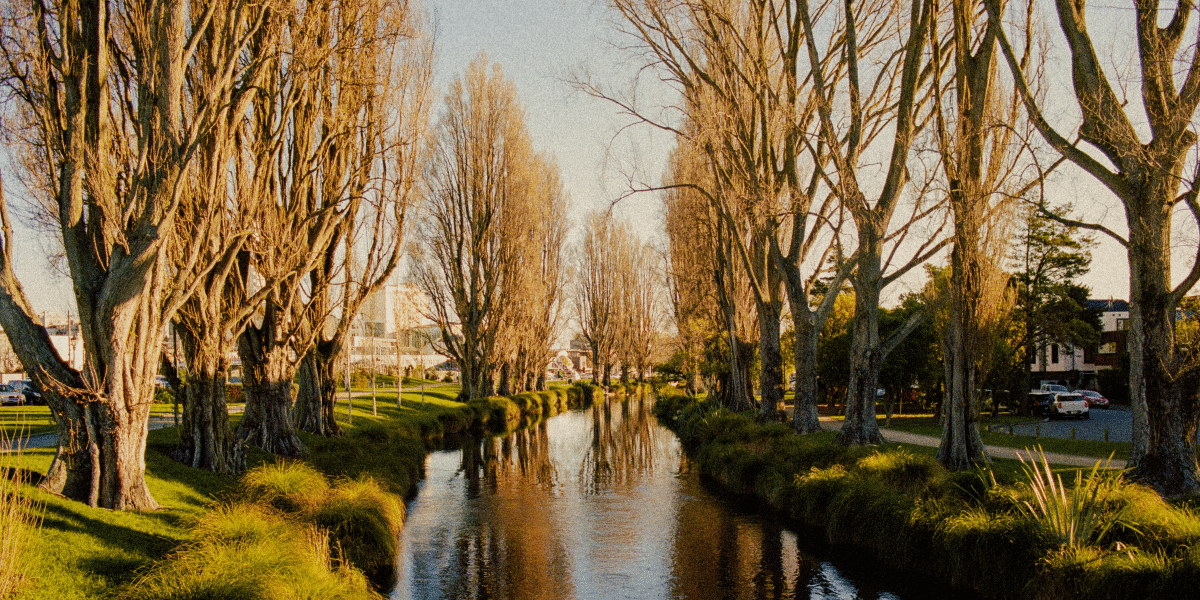Forget Broadway glitz and skyscrapers for a moment. New York City has a dark underbelly steeped in a gangster past that shaped its neighborhoods and still lingers in the imaginations of locals and tourists alike. Let’s take a walk on the wild side and explore NYC’s mobster history.
New York was a hotbed of immigrant life in the late 1800s and early 1900s. Out of the crowded, poverty-stricken neighborhoods rose organized crime groups, often divided along ethnic lines:
- The Five Points Gang: Infamous for their brutality, this Irish-American gang ruled a rough patch of Lower Manhattan in the mid-1800s. Think of the gangs portrayed in the movie “Gangs of New York”.
- The Jewish Mob: Led by figures like Meyer Lansky and Arnold Rothstein, they were major players in bootlegging during Prohibition and their influence extended far beyond NYC.
- The Italian Mafia: Names like Lucky Luciano and the Five Families are synonymous with organized crime. They ran rackets from gambling and extortion to controlling entire industries.
Mobster Landmarks (If You Can Find Them)
NYC’s landscape is dotted with places linked to its gangster past, though they might not be marked with plaques:
- Former Social Clubs: Unassuming buildings in Little Italy or the Lower East Side might have once been fronts for mob-run gambling dens or secret strategy meetings.
- Old-School Restaurants: Some classic Italian joints like Umberto’s Clam House were known mobster hangouts, and the site of infamous hits. Reservations recommended, leave the gun at home.
- Churches and Cemeteries: Pay your respects at the graves of famous mobsters, or the churches where their lavish funerals were held.
- Street Corners and Scenes of the Crime: With a little research, you could pinpoint where shootouts happened or where gangland deals went down.
The Rise of La Cosa Nostra and NYC’s Infamous Families
The Italian-American Mafia became the dominant force in NYC’s underworld by the mid-20th century. Know these names:
- The Five Families: Genovese, Gambino, Lucchese, Colombo, Bonanno – they controlled various territories and rackets throughout the city’s boroughs.
- “Lucky” Luciano: A key figure in organizing the Mafia into its modern, structured form, with a focus on lucrative rackets and less on bloody turf wars.
- John Gotti: The flashy “Dapper Don” head of the Gambino family in the 1980s, his arrests and trials were tabloid sensations.
The Government Cracks Down
It wasn’t all smooth sailing for the mob. Here’s how law enforcement pushed back:
- RICO Act: This law in the 1970s gave prosecutors new tools to go after organized crime networks, not just individual gangsters for specific crimes.
- High-Profile Informants: Mafia members flipping and testifying against their bosses (Sammy “The Bull” Gravano is a notorious example) helped break down the code of silence.
- Giuliani Era: As mayor of NYC in the 1990s, Rudy Giuliani made cleaning up the Mafia a centerpiece of his image, even if the problem wasn’t totally eliminated.
The Mafia Today: Fading But Not Gone
The Mafia of the past, with its iron grip on NYC, is largely gone. But does that mean organized crime vanished?
- Less Flashy, but Still There: The Mafia is weaker, but still involved in rackets like illegal gambling, construction, and waste disposal.
- New Competitors: Other criminal groups, from Russian gangs to street gangs, have filled some of the void left by the Mafia’s decline.
- Pop Culture Obsession: Movies and TV shows keep the old-school mobster mystique alive, sometimes making it seem more glamorous than the grim reality.
NYC’s Complex Relationship with Its Mobster Past
New Yorkers don’t want the city to revert to its bad old days of rampant gang violence. However, there’s a strange fascination with this history:
- Mobster Tours: You can hop on tours highlighting Mafia haunts in Little Italy and other neighborhoods, mixing true crime with local history.
- “The Sopranos” Effect: Flawed as it may be, the show reignited interest in the inner workings of the Mafia, even if it was a fictionalized New Jersey version.
- Nostalgia Trap: Some people romanticize the era, forgetting the very real violence, victims, and the way organized crime preyed on communities.
New York’s gangster past is a dark but undeniable thread in the city’s complex tapestry. It’s a reminder that beneath the surface of any metropolis, power struggles and illicit dealings take place, even if their form evolves over time.












